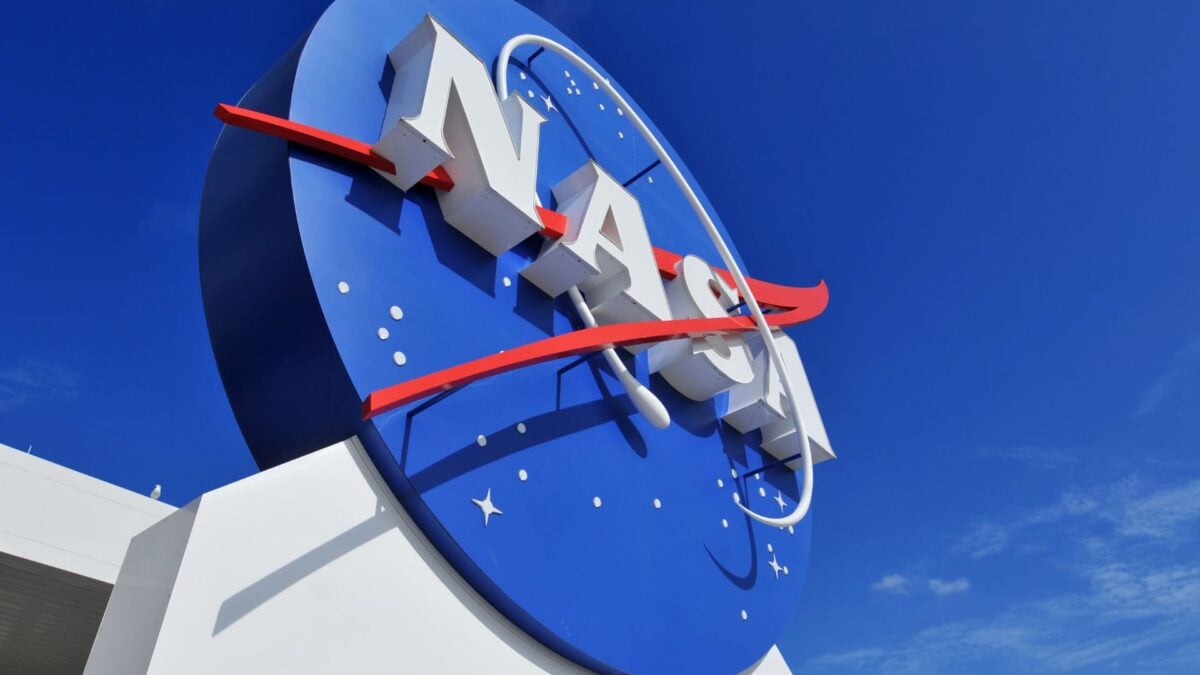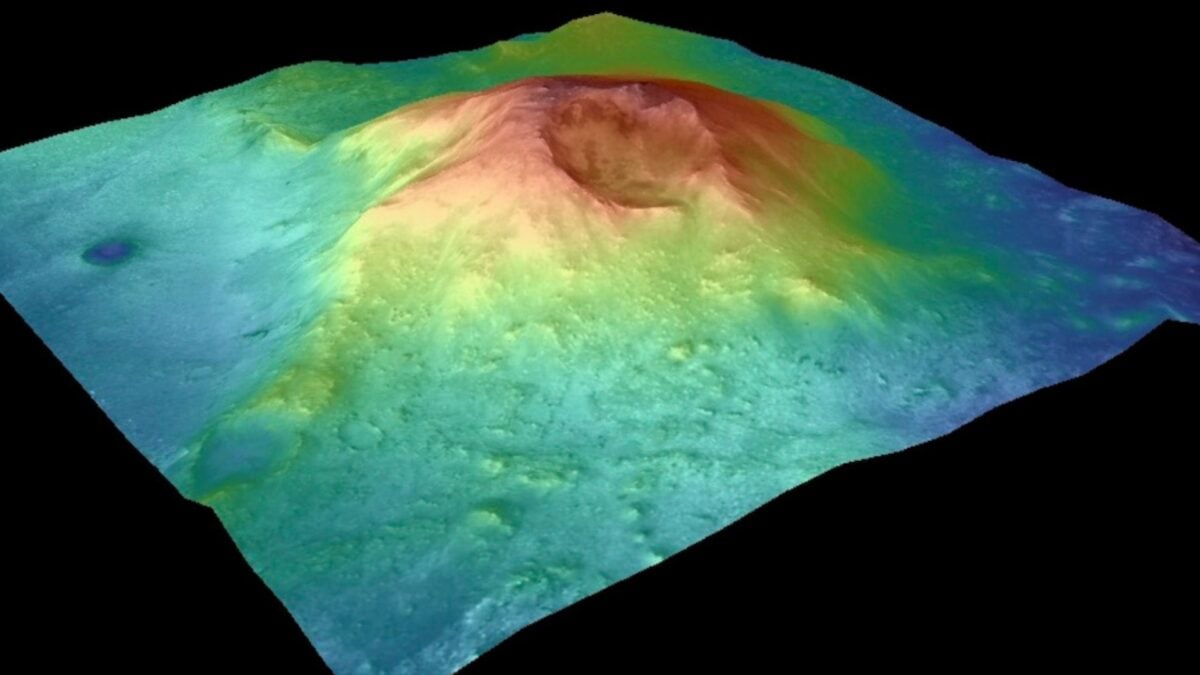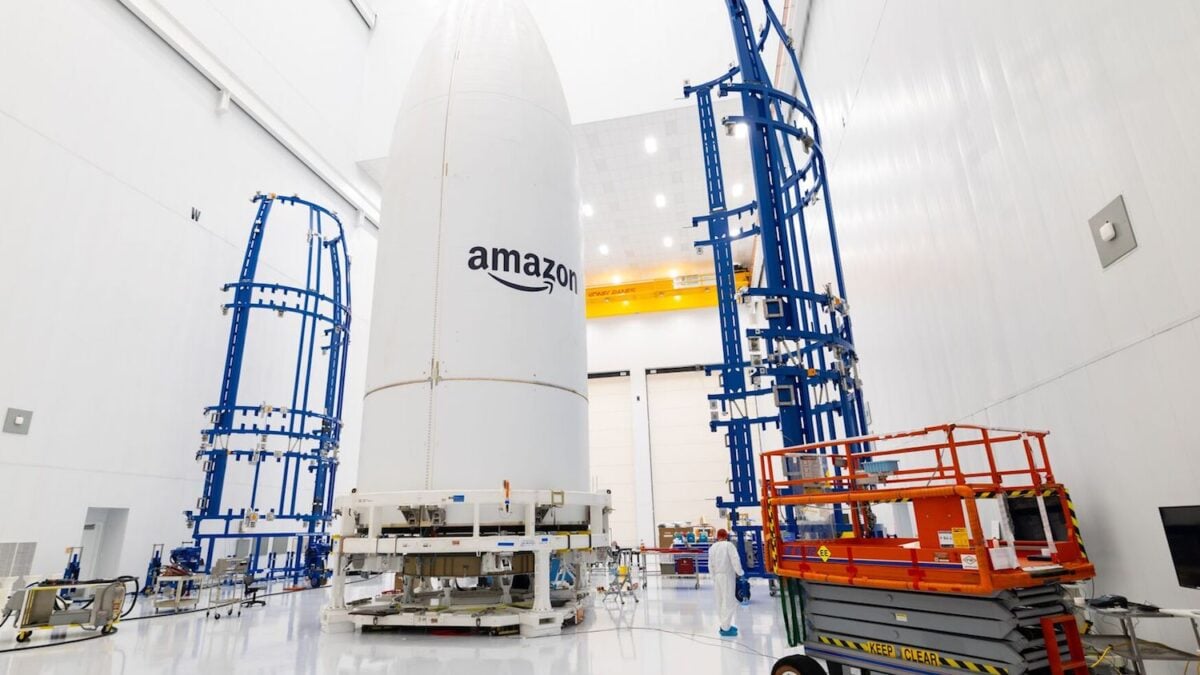NASA’s 2001 Mars Odyssey orbiter has captured a stunning image of Arsia Mons, the Red Planet’s massive volcano, emerging above morning clouds. This rare, angled view showcases the Martian landmark against the planet’s horizon, offering valuable scientific data and a moment of cosmic beauty from the long-serving spacecraft.
A Rare Glimpse of Arsia Mons
This remarkable image presents Arsia Mons from an unusual oblique angle. Jonathon Hill, THEMIS camera operations lead at Arizona State University, noted in a NASA statement, “We picked Arsia Mons hoping we would see the summit poke above the early morning clouds. And it didn’t disappoint.” THEMIS views Mars in visible and infrared light, vital for such observations.
Odyssey’s Pivotal Maneuver for Horizon Views
Active since 2001, Mars Odyssey began capturing new panoramic views in 2023. As its THEMIS camera cannot pivot, the entire spacecraft rotates 90 degrees. This innovative maneuver allows it to image Mars’ “limb”—the planet’s curved edge against space. This Arsia Mons image is THEMIS’ fourth limb observation since this strategy began.
Arsia Mons: A Martian Colossus Veiled in Cloud
Captured before Martian dawn on May 2, the Arsia Mons image reveals a volcano over 9 miles (14 km) high and 280 miles (450 km) wide, dwarfing Earth’s Mauna Loa. Arsia Mons, the southernmost of the Tharsis Montes volcanoes, is renowned for its frequent water ice clouds. These form as morning air rises along its slopes, expands, and cools, causing vapor to condense.
Studying Mars’ Atmosphere and Odyssey’s Future
These limb views offer more than scenery; they enable scientists to study Martian weather, dust clouds, and seasonal atmospheric changes. The veteran Mars Odyssey orbiter, having far surpassed its initial mission, may capture a few more such panoramas. However, its remarkable journey is expected to conclude with retirement, possibly by the end of this year.
Odyssey’s image of Arsia Mons showcases the aging orbiter’s enduring value in Martian exploration. These views expand our understanding of Mars’ geology and atmosphere, inspiring awe for other worlds. Any future glimpses from this historic mission will be keenly anticipated by scientists and the public alike.











